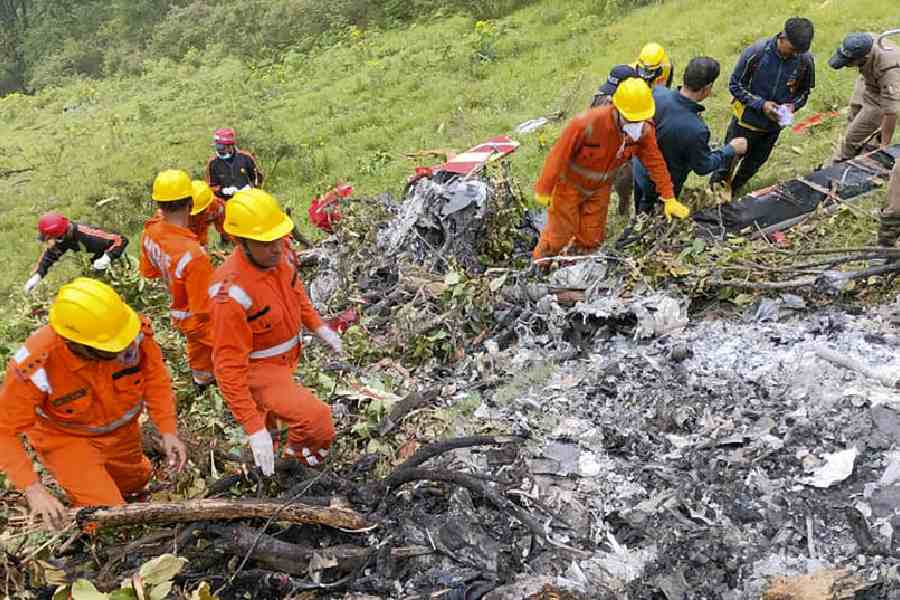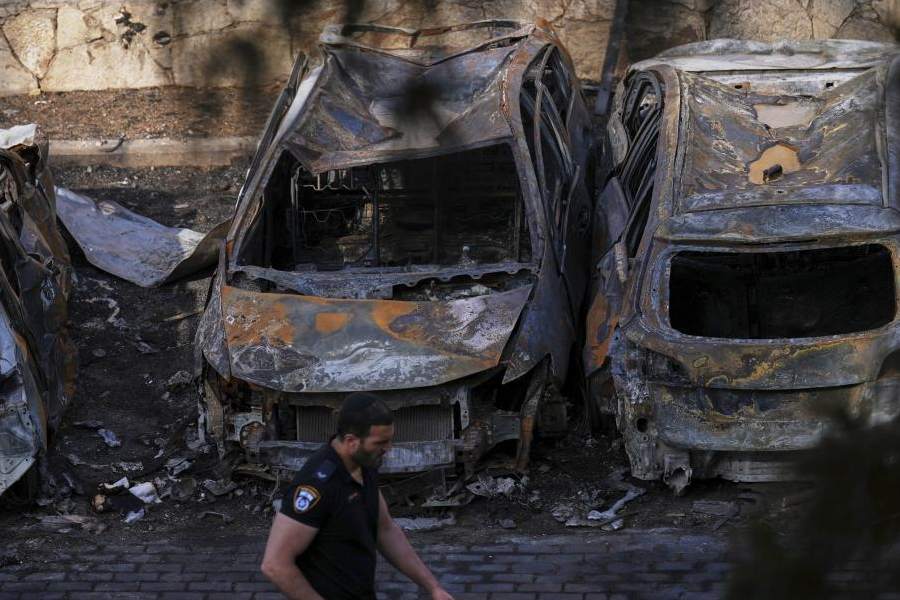 |
With one death reported every four minutes on Indian roads, road safety is a burning problem in the country. Nearly 5 lakh road accidents took place in 2013, resulting in more than one lakh people losing their lives. To make Indian roads safer the ministry of road transport and highways has come out with the draft bill of the Road Transport and Safety Act, which aims to lay down a comprehensive set of provisions to ensure traffic and transport safety. Once passed, the bill, which is likely to be introduced in the winter session of Parliament, will replace the existing Central Motor Vehicles Act, 1988.
The bill covers everything from traffic rules to transportation, with stiff penalties for drunk driving and dangerous driving with children on board. “The provisions of the bill are not only relevant but also desirable. A fatality reduction target has been set. Child safety and adult accountability are also important steps,” says Kallol Basu, senior advocate, Calcutta High Court.
Indeed, the bill tries to pull out all the stops when it comes to ensuring road safety. Section 4 proposes to set up an autonomous body called the Vehicle Regulation and Road Safety Authority of India, which will be responsible for vehicle regulation and road safety. The body, also known as the national authority, would be accountable to Parliament.
Besides ensuring road safety, the national authority is also meant to promote innovation and adoption of new technology and improved vehicle design for safer travel. Also, it would work towards making spare parts cheaper, so that vehicles are not left in unsafe conditions owing to the high cost of replacing parts.
Other features of the bill include the setting up of a fund for the immediate relief of accident victims, cashless treatment of victims, strict penalties for offences involving children, and comprehensive tests for drunk driving.
A string of new rules has also been made to ensure safer and more efficient vehicles. Tests for the roadworthiness of all cars and two wheelers every five years and a uniform vehicle registration system have been made mandatory.
What’s more, the bill also makes an effort to ensure proper working conditions for drivers. Government records show that 36 per cent of the fatalities that involve trucks and heavy vehicles occur mostly owing to “driver fatigue”. According to a sample survey of drivers by the Institute of Road Traffic Education, in 2013, about 29 per cent of these drivers were found to be sleep deprived as they were putting in many more hours per week than permitted. The Motor Transport Workers Act says that no driver can be made to work more than eight hours a day and 48 hours a week. On long routes, they can be asked to drive 10 hours per day and 52 hours a week.
But experts point out that these rules are routinely flouted by owners of heavy vehicles. In that context, the setting up of a National Highway Traffic Regulations and Protection Force is also an important step, says Basu.
Stringent penalties for offences involving children is the other important aspect of the bill. Dangerous driving with children on board will attract a fine of Rs 15,000 and six months’ suspension of licence, or imprisonment for 15 days, or all of these. For subsequent offences, the fine will be doubled, along with compulsory refresher training.
Driving under the influence of alcohol will invite a Rs 15,000 fine too, or a six months’ jail term which may extend to a year, or both, and a six-month licence suspension. If, however, a person is found to have been driving under the influence of drugs, he will be fined Rs 25,000 or jailed for three months or both. He would also have his licence suspended for six months.
Experts say small changes could go a long way in ensuring road safety. Harpreet Singh, founder president of Avoid Accident, a non-government organisation working in the field, feels fixing school zone speed limits to the globally accepted 20 or 30km per hour standard would help curb a lot of accidents. “The standard of reflectors should also be fixed by the government, especially for cycles and tractors. They should be of high quality with a minimum five-year shelf life,” says Singh.
An elaborate penalty point system has also been formulated wherein penalty points will be awarded for offences ranging from driving unregistered cars to driving under the influence of alcohol or speeding and causing threat to public safety. The penalty points would remain on record for three years. If you cross 12 penalty points, your licence will be suspended for a year. A second instance of 12 penalty points against your licence number, and your licence will be cancelled for five years.
However, some say that the penalty point system will end up encouraging bribery and corruption. Moreover, says Mohammad Imran, chairman, Safe Road Foundation, “There are no proper driving guidelines and anyone can get a licence easily. Besides, proper training should be imparted to people on sensible driving.”
Others feel that centralising all powers in the hands of the national authority may not be a good idea. “I feel that the ministry has just tried to replace the existing Motor Vehicles Act by taking away all powers of the states on control of the various modes of transport and taxation. Providing efficient transportation in urban and rural areas is better handled by the state authorities and cannot be implemented by the Centre,” says Manmohan Luthra, coordinator, road safety, at Punjab’s state transport department and head of Arrive Safe’s Punjab chapter.
However, despite its downsides, the Road Transport and Safety Bill ought to go a long way in curbing road accidents and ensuring safer roads in India.










